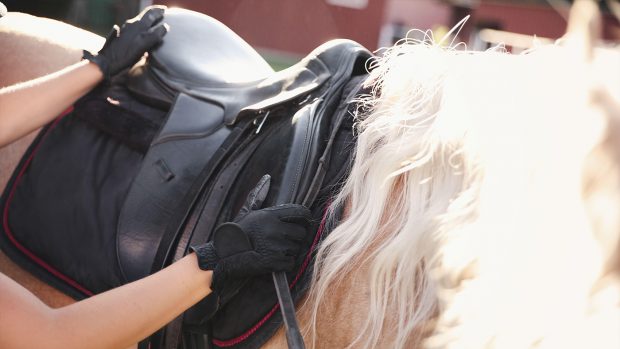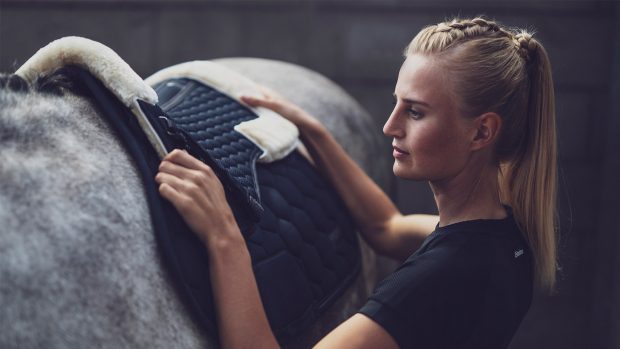If you’re left with a redundant saddle in the tack room after selling your horse or swapping disciplines, it could be worth hundreds — if not thousands — of pounds if you’ve looked after it.
“The better quality, newer ones sell best,” says Richard Paine of Dragonfly Saddlery in West Sussex.
“People are always looking for certain models, the ones we call the ‘Marmite’ saddles,” he adds, referring to the Kieffers, Stubbens and Pessoas that tend to be loved or hated.
“Pony saddles always hold their value, too, as nobody wants to buy new.”
So how does the process work through a tack shop like Richard’s?
“I suggest a price, but the customer may already have something in mind,” he explains.
“I issue a receipt and the saddle is left with me so I can take it to saddle fittings where people are looking to buy. If it sells, I keep a 30% commission.”
According to Richard, it’s more effective and less risky than selling through the local paper or on eBay.
“I’ve never had a problem with a saddle being damaged — we take good care,” he adds.
To reach a larger audience, an online service such as Saddles Direct is another option.
“Our website is viewed by 30,000 people a month,” says Sarah Lavelle-Bowden. “We provide a nationwide platform, which is particularly effective for unbranded saddles.”
Once you’ve emailed a photo of your saddle, Saddles Direct will suggest a market value and may buy it outright or sell it for you on commission.
It will be collected by a courier service, with commission charged on a sliding scale between 20% and 40% — the more high-end the saddle, the lower the rate.
“We’re popular because of the customer service we offer and the coverage we get,” says Sarah. “Clients can try our saddles and we fit through local saddlers.”
From a legal perspective, Nick Wright of Darbys recommends keeping some evidence of the condition of the saddle — photos or written details — in case it is damaged.
Any damage incurred is likely to be the saddler’s responsibility, but it’s a good idea to ask for an agreement outlining details of the saddle, the minimum price and the commission percentage or fixed fee.
“As long as you’re only asking a saddler to sell it for you, the saddle remains your property if the company ceases trading or goes bust,” he adds.
“The company has a contractual duty to tell you when it’s sold, but it’s worth contacting them on a regular basis. And if you hear that they’re running into difficulty, take the saddle back.”
The full article about selling a second-hand saddle was published in Horse & Hound magazine (15 August 2013)




